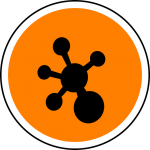
As of 1 March 2018 Technical Regulation on Restriction on the use of Certain Hazardous Substances in Electrical and Electronic Equipment (TR EAEU 037/2016), also called “Russian RoHS” or "EAEU RoHS" entered into force.
TR requirements
The EAEU RoHS requires that the concentration of certain hazardous substances in homogenous materials in the relevant types of electrical and electronic equipment does not exceed the thresholds set by Annex 2 to the TR.
Annex 2 sets out the following thresholds (in line with the EU RoHS):
Lead: 0.1%;
Mercury: 0.1%;
Cadmium: 0.01%;
Hexavalent chromium: 0.1%;
Polybrominated Biphenyls (PBB): 0.1%; and
Polybrominated Diphenyl Ethers (PBDE):0.1%
Unlike the EU RoHS3 that enters into force in 2019, the Russian RoHS (EAEU RoHS) does not restrict the use of phthalates in electrical and electronic equipment and there are currently no plans to make amendments to that effect.
Scope
Annex 1 to the TR provides the list of products to which the EAEU RoHS applies. The list includes PCs, monitors, tablets, keyboards, printers, changeable data storage devices, calculators, electrical and electronic watch, electrical hand tools, domestic appliances, cables (except fibre optic cables), etc.
Exemptions
Annex 3 to the TR sets out exemptions to the restrictions on the use of hazardous substances. These include the use of mercury in certain types of lamps, the use of lead in electronic ray tubes, the use of lead in glass used in fluorescent lamps (not exceeding 2%), the use of lead in aluminium alloys (not exceeding 0.4%), etc.
Excluded products
The TR provisions do NOT apply to a number of products (listed in Article 1 (3)), such as electrical toys, photovoltaic panels that are a part of electrical and electronic equipment, equipment that is intended to be sent into space, electrical batteries and accumulators, including those put into circulation as a part of electrical and electronic equipment, second hand products, measuring devices, medical devices, etc.
Conformity mark and conformity declaration
The EAEU (Russian) TR on RoHS requires that all equipment that complies with it must bear the common EAEU mark of conformity. The manufacturer or importer must also issue and register a conformity declaration. The importer or manufacturer must keep technical documentation for all equipment for which they issue a RoHS conformity declaration for at least ten years after the last unit has been sold or after the last unit was manufactured.
Transitional period
Until 1 March 2020 it is allowed to manufacture and place on the EAEU market any EEE products that does not comply with the EAEU RoHS. Such EEE can remain on the market during its service period set in accordance with the legislation of the relevant EAEU Member State. EEE manufacturers and importers are recommended to ensure that all products that do not comply with the EAEU RoHS provisions have been placed on the EAEU market before 1 March 2020.





